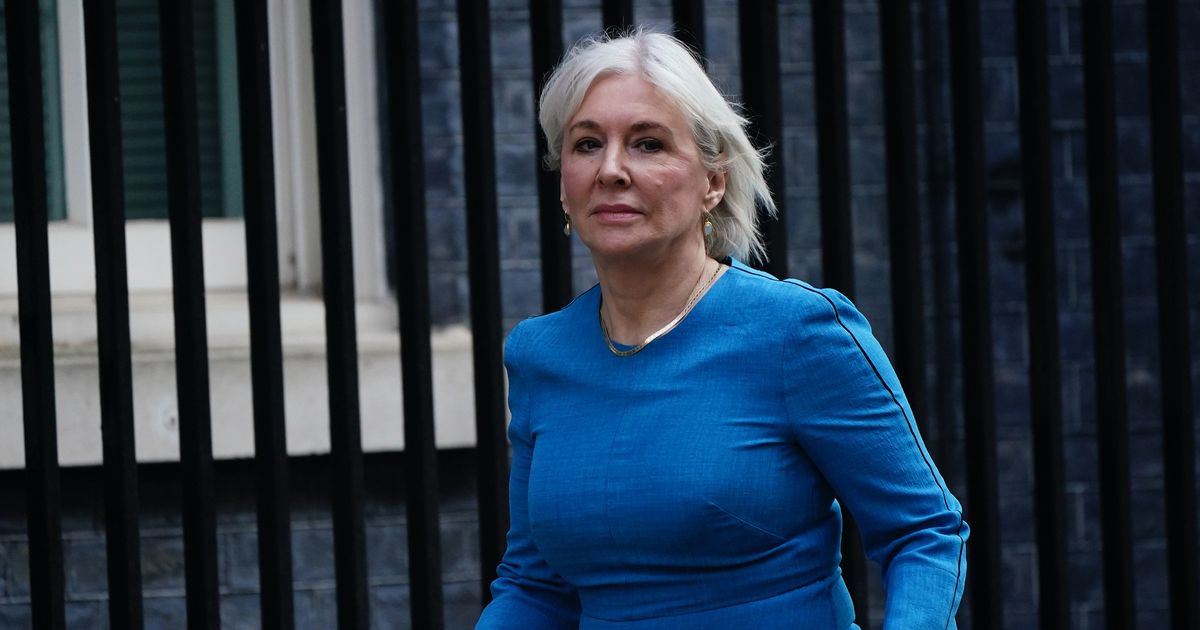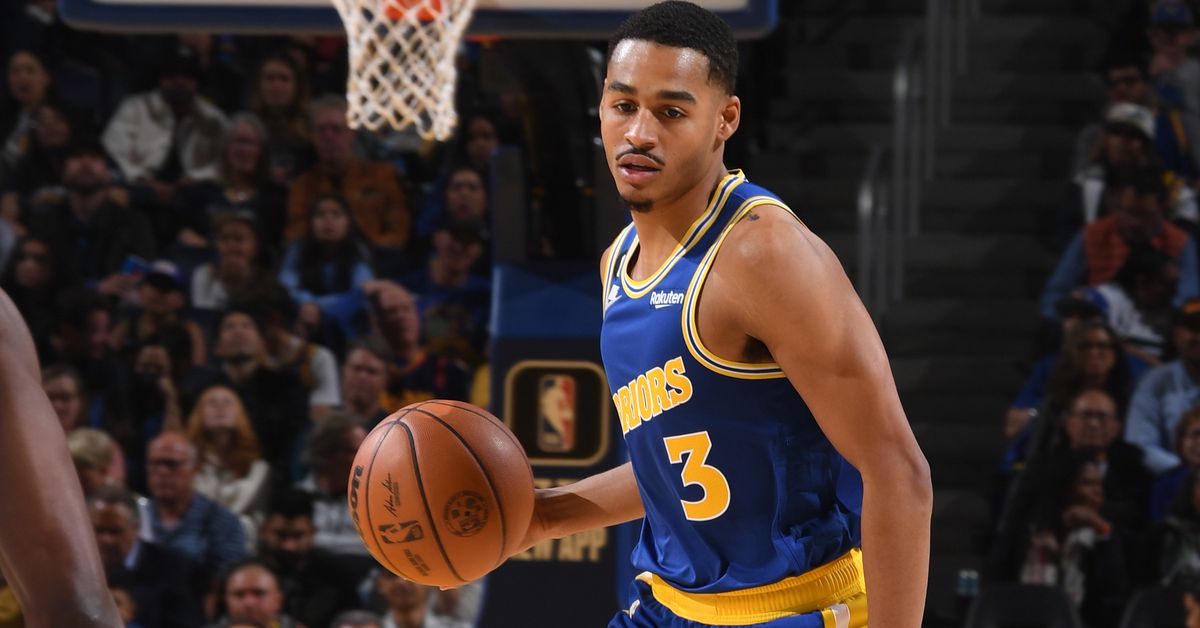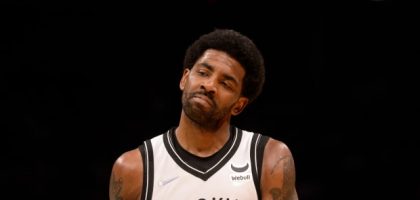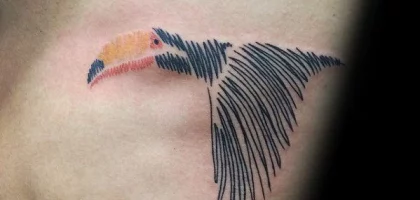Just over 24 hours before Major League Baseball’s 2022 trading deadline, the New York Yankees and Oakland Athletics completed a six-player transaction on Monday afternoon. Right-handed starting Frankie Montas, right-hander Luis Medina, and second baseman Cooper Bowman were traded to the Yankees for left-handed pitchers JP Sears and Ken Waldichuk, right-hander Luis Medina, and reliever Lou Trivino.
On Monday, the Yankees added Chicago Cubs reliever Scott Effross, who was already one of their pitchers. He will be assisted in bolstering a staff that has been affected by injuries by Montas and Trivino. For their part, the A’s add a package that is packed with almost ready arms to continue a rebuild that began during the winter.
We at CBS Sports are nothing if not critical, so during this time of year, we provide almost immediate analysis on significant moves. The Yankees and Athletics’ grades are listed below, along with details on how they were determined.
Now that we’ve cleared that out, let’s start by summarizing the situation:
the Yankees get
RHP Lou TrivinoRHP Frankie MontasAthletics get
LHP R.P. Sears LHP RHP Ken Waldichuk Medina, Luis 2B Curtis Bowman GRADE BY YANKEES: A The Yankees, who have the best record in the majors, needed some pitching reinforcements going into the deadline season. With the addition of Effross, Montas, and Trivino on Monday, they gained an equal amount. To make such upgrades possible, the Yankees did have to give up three of their top 10 prospects, including their fifth- and ninth-best prospects in this deal for Montas.
The best starting pitcher on the market after Luis Castillo was traded to the Seattle Mariners last Friday was Montas. He has a 3.49 ERA (117 ERA) and a 3.43 strikeout-to-walk ratio in 91 appearances dating back to 2018 and is a 29-year-old with one more season under team control.
In that he relies solely on force, Montas is a unique starter. His fastball has an estimated top speed of 96 mph, and his 86 mph splitter is his slowest pitch. Though it contradicts tradition, his quicker, then even faster method of operation is effective. He has a lot of swinging strikes and swings that are outside the strike zone.
Due of his inconsistent behavior, Montas continues to cause some assessors to pause. His upcoming start will be his 20th of the season, the second time in a big-league season that he has done so. (To be fair, during the pandemic-shortened 2020 campaign, he did start 11 times.) Due to suspensions and injuries, Montas had previously fallen short of that total, and his most recent absence brought on by shoulder issues forced the league to take notice. Since then, he has made two appearances, and it is clear that the Yankees, among other clubs, were at ease with his standing.
For a Yankees team that may lose Jameson Taillon to free agency this winter, Montas’ additional year of team control is an underappreciated benefit.
Trivino’s seasonal figures aren’t as attractive, and his name-brand appeal isn’t as strong as Montas’s. His 6.47 ERA in 39 games this season is the worst of his career. However, he was recently listed by CBS Sports as one of the top off-the-radar trade options due to the power of his new sweeping slider and the likelihood that his unsustainable batting average on ground balls will eventually decline.
Recovering project relievers like Clay Holmes and Michael King are a specialty of the Yankees. Don’t be surprised if Trivino becomes the subsequent instance of it. His sweeper, which he stated before and which he can go into the mid-to-upper 90s with, has produced a whiff rate of 52 percent thus far, indicating that he should prioritize it as his main pitch moving ahead.
While it was said above that the Yankees had to trade two of their top 10 prospects in order to acquire Montas and Trivino, it’s important to note that they have so far managed to keep all of their top position player prospects on the team. Who knows what the Yankees will do with the remaining time until the deadline, but Cashman must be happy that he was able to get these three pitchers and Andrew Benintendi without giving up Anthony Volpe, Oswald Peraza, or Everson Pereira in the process. In addition, the Monday deals served as another reminder that the Yankees organization has a history of successfully assisting pitchers in achieving significant gains quickly.
GRADE IN ATHLETICS: C
As soon as the owner-imposed lockout was ended, the Athletics began this reconstruction by dealing Matt Olson, Matt Chapman, Chris Bassitt, and Sean Manaea. Anyone who has been paying attention will not be surprised by Montas’ departure. The return, however, is challenging to assess.
You could argue, as some evaluators with other teams did, that the A’s should have set their sights higher for two highly sought-after veteran arms in Montas and Trivino. The athletes do, however, suit Oakland’s ethos and preferences, which creates the ideal conditions for them to outperform predictions and objective evaluations. (If we had a more sophisticated grading system, we might refer to this as a C that will soon appear to be a B.)
By concentrating on the two major components of the payout, Sears and Waldichuk, we will demonstrate our claim.
The only one of the four to play in the major leagues is Sears, 26. He has a 2.05 ERA (190 ERA) and a 3.00 strikeout-to-walk ratio through seven innings. These figures are irrelevant. What important is that he possesses a complete toolbox and certain underlining signs that point to a potential for success as a starter.
Because of his arm slot, size, and ability to descend the mound, Sears possesses an exceptionally flat release point to the top of the zone. Even though his height is listed as 5-foot-11, he generates six more inches of extension, or the space between the pitching rubber and his release point. His fastball plays beyond its low-90s velocity as a result of covering that area, and it also creates a difficult angle.
Although Sears’ fastball has some of the most dramatic run away from right-handed hitters in the majors, it doesn’t have a lot of vertical break, either induced or otherwise. In fact, it comes in at number 11, behind new teammates A.J. Puk and Kirby Snead, which makes us believe the A’s wanted Sears for this and other reasons.
We anticipate that the Athletics will give Sears a chance to start, whereas the Yankees would probably have employed him in a bullpen capacity. He seemed to be up for the task.
This year, 24-year-old Waldichuk has made 11 Triple-A starts. His 3.59 ERA and 3.04 strikeout-to-walk ratio in those appearances indicate he’s nearly ready for the major leagues. Depending on who you ask, Waldichuk either merely has a solid fastball and a so-so arsenal of secondaries, or he has a terrific fastball-changeup combination (with two good breaking balls).
Whatever the case, Waldichuk has a sneaky delivery that fools batters as well as himself while throwing strikes. This season and during the course of his professional career, he has walked four batters for every nine. It’s likely that the A’s will collaborate with him on that, but it’s not obvious how much of it they can actually smooth out. He’ll probably enter the big leagues sooner rather than later.
The A’s continuing pursuit of pitchers during their reconstruction, despite what could seem to be their enormous ballpark’s inherent advantage in upgrading usable arms, is another intriguing part of this transaction. Cole Irvin and Paul Blackburn have given the A’s more production than anticipated in only the last two seasons. To say that the A’s can bring in nearly anyone and get some quality innings out of them when they are at home would be overstating the case, but you get the idea.
The A’s obviously don’t appear to think that about themselves. Ten of the 16 players they acquired through their five “rebuild era” trades—this one, Bassitt, Olson, Chapman, and Manaea—were pitchers. It’s simpler to find a spot for a pitcher on a team than it is for any other position, so some of that is just the way rosters are designed. However, some of it also seems to indicate a concerted attempt to sign arms, especially those who will perform well in the Coliseum.
For a team that appears to have a natural advantage, is that the proper decision? Or should the A’s concentrate on bringing in position players or other skill sets that might be more challenging for them to acquire? This philosophical query certainly warrants its own section.
The 23-year-old right-hander Medina has spent the entire season at Double-A. He possesses a solid fastball and breaking ball. Despite making 17 starts this season, he is purely a relief prospect for us because to a forecast for command that is significantly below average (he has walked more than six batters per nine in his professional career) and is a result of his delivery’s extreme arm drag. After this season, Medina will have no further options, which means that by the spring of 2019, he will be a part of the A’s bullpen.
Middle infielder Bowman, selected in the fourth round of the 2021 draft, has spent the majority of this season playing at the keystone. Despite being at an age-appropriate level, he has only batted. In 364 at-bats, the player hit.217/.343/.355 with eight home homers.















